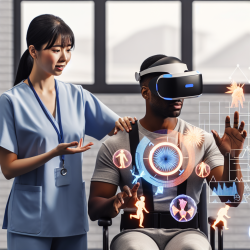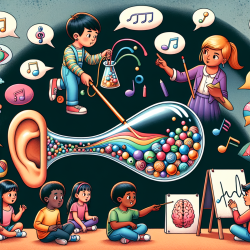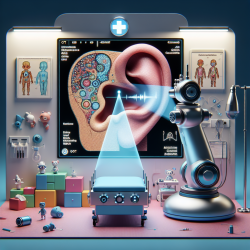Introduction
Stroke remains a leading cause of adult disability worldwide, with significant implications for healthcare systems and the quality of life of those affected. Traditional rehabilitation methods, while effective, often lack the engagement and intensity needed for optimal recovery. Recent advancements in virtual reality (VR) technology offer promising new avenues for enhancing rehabilitation outcomes. This blog explores the findings of a recent study on the use of VR in stroke rehabilitation and provides insights for practitioners looking to integrate these technologies into their practice.
Study Overview
The study titled The Impact of Rehabilitation-oriented Virtual Reality Device in Patients With Ischemic Stroke in the Early Subacute Recovery Phase investigates the efficacy of a VR-based rehabilitation program compared to standard therapy. Conducted as a phase III, single-blinded, randomized, controlled clinical trial, the research involved 262 patients in the early subacute phase of stroke recovery. The primary focus was on improving upper limb motor function using the Fugl-Meyer Assessment—Upper Extremity (FMA-UE) score as a measure.
Key Findings
The study revealed several critical insights:
- Enhanced Motor Recovery: Patients using the VR device showed significant improvements in motor function compared to those receiving standard therapy alone.
- Increased Engagement: The immersive nature of VR provided a stimulating environment, leading to higher patient compliance and engagement.
- Potential for Broader Application: The success of VR in this study suggests potential applications in other areas of rehabilitation, including chronic diseases with similar economic burdens.
Implications for Practitioners
For practitioners in the field of speech language pathology and rehabilitation, these findings offer several practical applications:
- Integrate VR into Treatment Plans: Consider incorporating VR technology into rehabilitation protocols to enhance patient outcomes, particularly for those in the early subacute phase of stroke recovery.
- Focus on Patient Engagement: Utilize the engaging nature of VR to improve patient adherence to rehabilitation regimens, potentially leading to better long-term outcomes.
- Advocate for Further Research: Encourage continued research into VR applications across different rehabilitation contexts to build a robust evidence base for its efficacy.
Conclusion
The integration of VR into rehabilitation practices represents a significant advancement in the field, offering new opportunities for improving patient outcomes. By leveraging the engaging and immersive capabilities of VR, practitioners can enhance the rehabilitation experience, potentially reducing the long-term disability associated with stroke and other conditions. As the field continues to evolve, ongoing research and innovation will be crucial in maximizing the benefits of these technologies.
To read the original research paper, please follow this link: The Impact of Rehabilitation-oriented Virtual Reality Device in Patients With Ischemic Stroke in the Early Subacute Recovery Phase: Study Protocol for a Phase III, Single-Blinded, Randomized, Controlled Clinical Trial.










